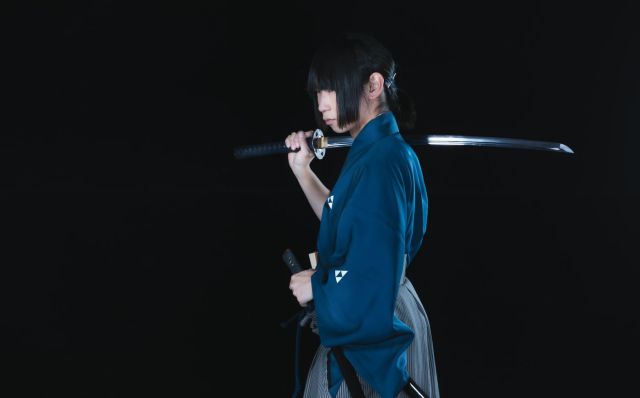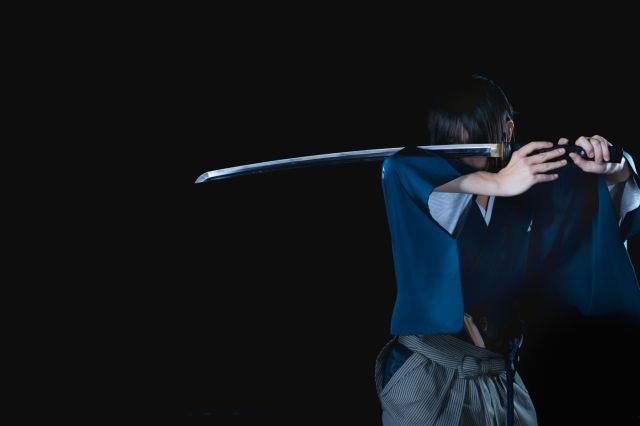Want to become a swordsmith? Apprenticeship opens in Japan, but the fine print might shock you

Katana-making apprenticeship sparks debate on controversial conditions.
The number of people specialising in traditional crafts has declined dramatically in Japan over the years, prompting real concerns about the future of maintaining the country’s long-storied cultural traditions.
So when one swordsmith in Japan recently announced on Twitter that they were looking to hand down generations of knowledge to a hard-working apprentice, they weren’t expecting to garner much of a response from the public.
However, the call for an apprentice soon caused a commotion online, as interested applicants found out about the details of the apprenticeship. It didn’t take long for the tweet to go viral, but it wasn’t necessarily due to people wanting to apply — instead, it was due to a lot of people criticising the requirements, which involved working from 8:30 a.m. to 6:30 p.m. five days a week, and possibly some weekends, for at least five years without pay.
The swordsmith who sent out the tweet ended up receiving some flak online, but, as he duly pointed out, the requirements of his swordsmithing apprenticeship aren’t that different from any other in Japan. He sent out a link to the homepage of the All Japan Swordsmith Association, which outlined the strict requirements to becoming a trained and certified swordsmith in Japan.
The first sentence on the site about becoming a swordsmith reads:
“In order to become a swordsmith, it is necessary to train for more than five years under a qualified swordsmith, and to complete the ‘Preservation of Japanese Art Swords Craftsmanship Workshop’ run by the Agency for Cultural Affairs.”
The Association goes on to say that in order to participate in the workshop, which is actually an eight-day long national certification test, the swordsmith one studies under must have received their qualification from the Agency for Cultural Affairs, and the five years of training is based on eight hours a day, five days a week, not five years of only training on weekends.
▼ It might look cool to hold a Japanese sword, but it takes years of dedication and sacrifice to make one.

Understandably, these strict requirements pose a problem for people already in the workforce who live away from home and have bills to pay, which is why the Association recommends starting an apprenticeship at a young age. It’s a long road that can take around ten years to get started as an independent swordsmith, and success isn’t even a certainty after training, so the Association says you should think twice about it if you’re over 30 years of age.
The Association also says there’s no live-in system for apprentices like there was in the days of yore, so it’s common to have to pay your own living expenses, including rent and food. And while some people tend to think of an apprenticeship as unpaid work, the Association suggests thinking of an apprenticeship as “going to a vocational school to learn techniques rather than getting a job”. From this point of view, apprentices actually receive free tuition.
The most important and difficult step towards becoming a swordsmith, according to the Association, is finding a qualified swordsmith to train under, as introductions are usually required, and many are reluctant to take on apprentices because of the time and responsibility involved. And if Japanese isn’t your first language you might find it even harder, as instructions, and the certification test, are generally only available in Japanese.
Obviously, there are some tough hurdles to clear on the path to becoming a certified swordsmith in Japan, but then again, as we discovered when we spent time with a master katana maker, there’s a lot to learn about the ancient craft that symbolises the strength and beauty of the Japanese spirit.
Like a lot of traditional crafts, though, these hurdles are becoming more like giant roadblocks in the modern age, and with the number of registered swordsmiths steadily declining, some new thought may have to be given to the craft to ensure it lives on for future generations.
Sources: Hachima Kikou, All Japan Swordsmith Association
Featured image: Pakutaso
Insert image: Pakutaso
● Want to hear about SoraNews24’s latest articles as soon as they’re published? Follow us on Facebook and Twitter!
Credit:

0 comments:
Post a Comment